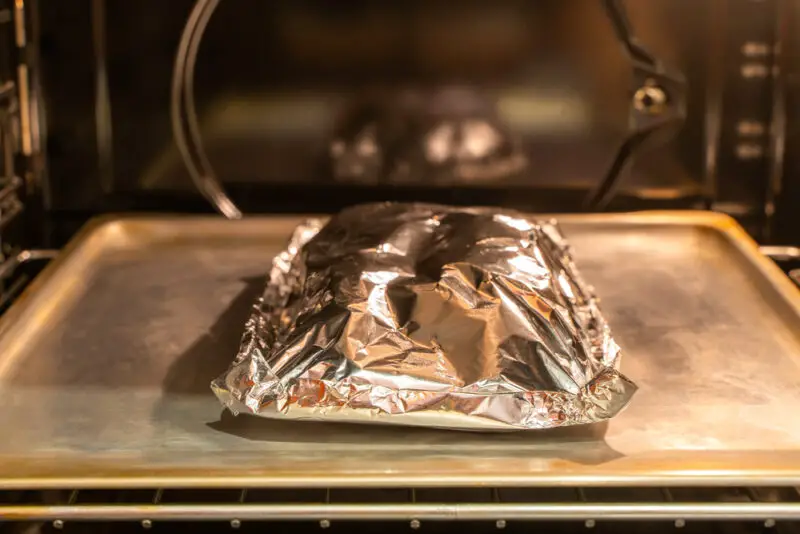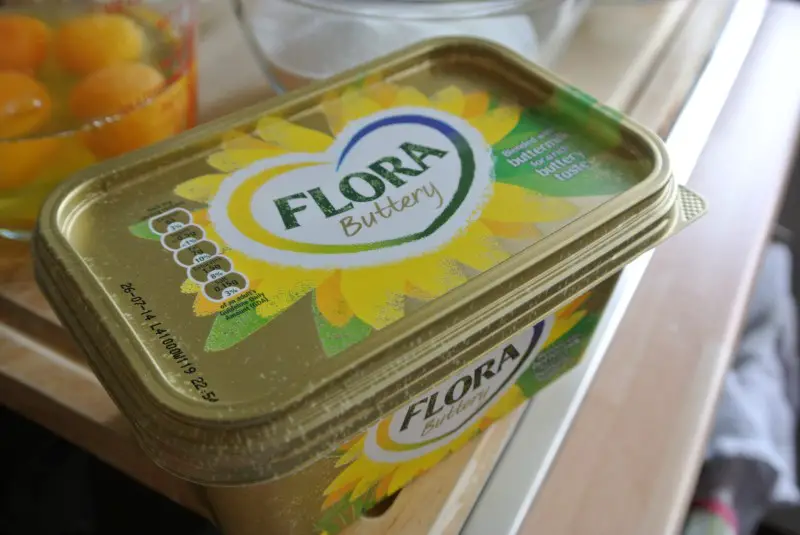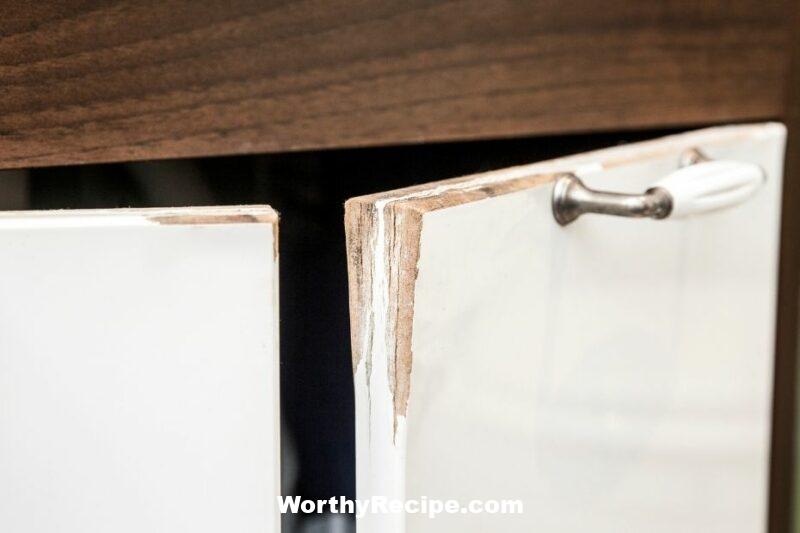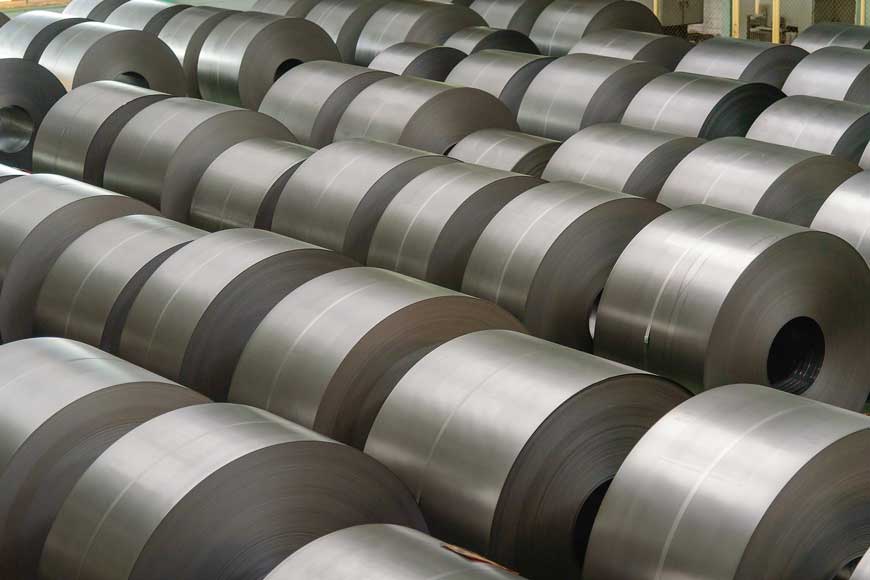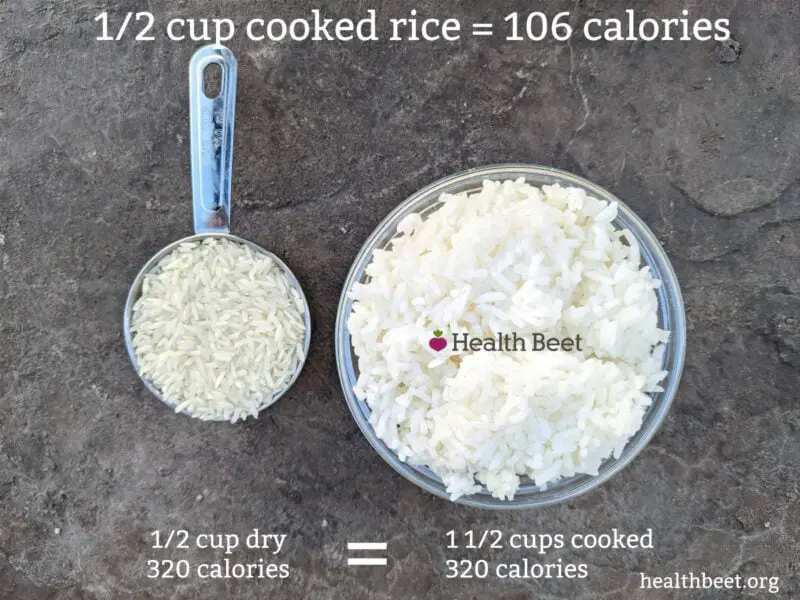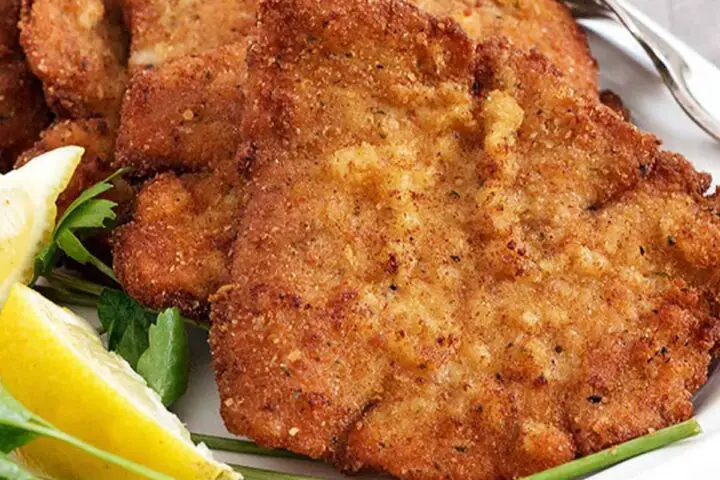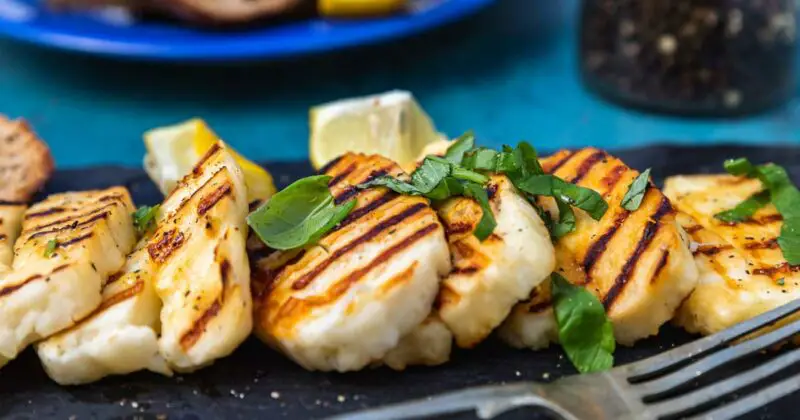The Ultimate Guide: Does Food Cook Faster with or without Foil?
From keeping food moist to easy clean-up, foil has become an essential tool in the kitchen. But have you ever wondered if using foil actually affects cooking time? Is it possible for food to cook faster with foil or does it ultimately slow down the process? In this guide, we’ll explore the scientific elements involved in cooking and how they relate to the use of foil. We’ll take a closer look at the pros and cons of using foil in cooking and compare the results of a study conducted to determine whether or not food cooks faster with or without foil.
Introduction
Foil is a thin, pliable sheet made out of aluminum that has numerous uses. In cooking, it’s often used as a cover, wrap, or lining. Its popularity stems from its versatility and convenience as it can be easily molded into any shape and size.
Whether you’re baking a cake or grilling vegetables, foil plays an important role in the cooking process. But does it affect how fast food cooks? Let’s explore further.
The Importance of Cooking Time
Cooking time is essential to achieving the perfect dish, yet it’s often overlooked. Cooking food for too long can lead to dryness, toughness, and loss of flavor while undercooking can result in unsafe consumption leading to health hazards.
Understanding the elements involved in cooking can assist in achieving optimal preparation times. Factors such as air circulation, oven temperature, heat conductivity, and moisture retention all play a critical role in determining cooking time.
Effects of Overcooking and Undercooking
Overcooking food can lead to dryness and toughness because most foods lose their moisture as they cook. At high temperatures, proteins denature which leads them to tighten up and toughen.
On the other hand, undercooking can be dangerous because it can lead to potential foodborne illnesses. Bacteria and parasite exist in uncooked food, which can cause illness if consumed.
Scientific Elements Involved in Cooking
Cooking is a combination of art and science. At its core, cooking involves chemistry and physics. Heat helps break down the molecular composition of food by disrupting its internal structure.
The three main types of heat transfer are conduction, convection, and radiation. Foods cook through either one or a combination of these methods.
Conduction is the transfer of heat from one object to another by direct contact. An example of this process is when a pan is placed on a heated surface, and the food inside the pan begins to cook.
Convection occurs when heat is transferred through liquids or gases such as heated air. It happens due to differences in temperature that create movement leading to heat transfer. This method is commonly used when cooking in ovens or when boiling water.
Radiation transfers energy through electromagnetic waves. An example of this phenomenon is energy from microwave radiation or infrared heat lamps used in cooking.
Understanding these processes helps determine how we cook our meals and how quickly they will be done.
How Does Foil Affect Cooking Time?
Foil can either enhance or hinder cooking times depending on various factors such as heat conductivity and insulation.
The Science Behind Heat Conductivity
Heat conductivity measures the amount of thermal energy that flows through a material. Some materials are good conductors of heat, while others are not so good at conducting.
Aluminum foil has relatively high thermal conductivity but only over short distances making it uneven especially when it comes to cooking food where evenly distributed heat is required for temperature-sensitive dishes like cake and pastries. This means that it allows heat to flow quickly and uniformly across its surface but cannot distribute it evenly in more intricate dishes.
Aluminum Foil’s Characteristics
While aluminum foil has some great properties that make it ideal for cooking, such as its resistance to grease and moisture, it also has some cons when it comes to cooking time.
Reflectivity: Aluminum foil is highly reflective, meaning that it can reflect the heat back to the food causing a difference in temperature as well creating hot spots. This can lead to uneven cooking which affects how fast food will cook.
Insulation: Aluminum foil has insulating properties that trap in heat and keep moisture from escaping. Using a dish that is wrapped in aluminum foil can lead to longer preparation times than expected due to the reflection of heat.
The Pros and Cons of Using Foil in Cooking
Like any cooking technique, using foil has advantages and disadvantages. Let’s take a closer look at these pros and cons.
Pros:
Moisture Retention: Foil helps keep moisture in dishes by creating an airtight seal over them leading to succulent meals. This process also helps infuse flavors into the food because the broth and seasoning do not escape, retaining their taste.
Flavor Enhancement: When using foil wrapped dishes, flavors combine resulting in tasty meals because heat circulates gently across the dish and combines all flavors effectively.
Easy Clean-Up: Wrapping dishes with foil makes cleaning up after cooking effortless. Simply toss away the used foil and wash lightly with soap or wipe when finished.
Shorter Cooking Time: When using foil on dishes that are sensitive to drying out, it can help speed up preparation time by keeping ingredients moist during cooking.
Cons:
Inconsistent Heat Distribution: Aluminum foil is a poor conductor of heat distribution meaning that food may not cook uniformly and could lead to undercooked or overcooked items.
Leads to Uneven Cooking: The shiny side of aluminum foil reflects heat which creates hot spots when exposed for too long. This can cause uneven cooking that makes dishes taste strange or burnt.
Can Create a Steam Cooker Effect: Wrapping meat or vegetables in foil can create an environment similar to a steam cooker. Unfortunately, this means that food will take longer to cook as it is steaming instead.
Comparison Study (With and Without Foil)
To conclude our guide let’s examine the results of an experiment conducted to determine whether aluminum foil affects cooking time.
Objective Method for Comparison: In the experiment, a 12-inch square pan was filled with an equal amount of chicken thighs seasoned with salt and pepper, then divided in half. One-half was wrapped in aluminum foil while the other half remained uncovered. The two halves were placed on racks side by side in an oven preheated to 400°F(204.4°C). The oven’s fan was turned on to circulate heat evenly around the food.
Materials Used for the Experiment:
- 12-inch square pan
- (10) Chicken Thighs
- Salt and Pepper
- Foil
After forty-five minutes, a thermometer was used to measure the internal temperature of each piece of chicken.
The result showed that the chicken wrapped in aluminum foil cooked faster and was juicier than the uncovered portion. It had reached an internal temperature of 175°F (79.4°C) while the uncovered portion reached only 170°F (76.7°C) after forty-five minutes.
One of the possible reasons why the chicken wrapped in aluminum foil cooked faster was because of its reflectivity properties. The shiny surface of the aluminum foil helped redirect heat back to the chicken, which caused it to cook faster.
Conclusion
After a thorough examination of foil’s application in cooking, it has proven that it can affect how fast food cooks. The main factors to consider are the reflectivity and insulation properties of foil that can lead to uneven and unpredictable cooking times. The use of aluminum foil is dependent on factors such as what dish is being cooked, the cooking temperature, and how long the food needs to cook.
Using the results from our experiment, using aluminum foil can help cook recipes faster and maintain moisture in dishes like chicken thighs. However, there are times when not using aluminum foil is more beneficial in achieving an even cook such as delicate pastries or evenly roasted vegetables.
In conclusion, we encourage you to experiment with your dishes when working with aluminum foil. Find what works best for each unique recipe and dish by carefully watching how the food responds while cooking on different levels till you find what suits your meal best. #### 1. Does covering food with foil affect cooking time?
Yes, covering food with foil can affect cooking time. When you cover food with foil, it traps heat and steam and creates a barrier that prevents moisture from escaping. This can decrease cooking time as the heat is circulating within the dish and cooking the food more efficiently.
#### 2. Should I cover my dish with foil to make it cook faster?
Covering your dish with foil may speed up the cooking process for certain dishes, such as casseroles or meats that need to be tenderized. However, not all dishes should be covered with foil as it can have an adverse effect on crust formation or evaporation of liquids.
#### 3. How does the type of dish affect cooking time when using foil?
The type of dish used can influence cooking time when covering with foil. For example, a metal pan will reflect more heat than a glass baking dish, which will cause food to cook faster. Additionally, a shallow dish will allow more surface area for heat to reach the food while a deep dish may require more time.
#### 4. Are there other benefits besides faster cooking times when using foil?
Besides faster cooking times, there are several benefits to covering dishes with foil, such as preventing drying out or burning of certain foods and retaining moisture and nutrients. Foil also helps to keep foods warm for longer periods of time and makes clean-up easier by minimizing kitchen messes.
